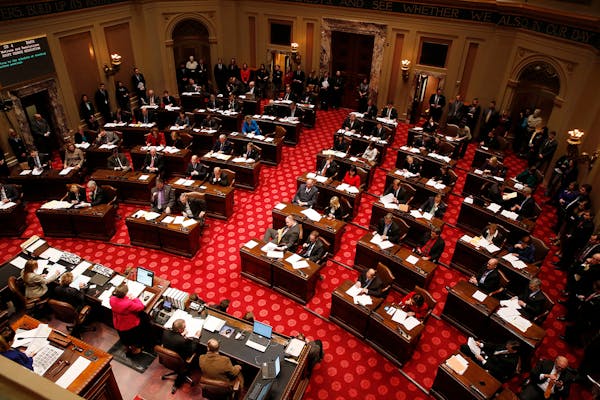For the first time in 12 years, Minnesotans will not be choosing among governor or U.S. Senate candidates. Which means the election that matters most in the state is the battle for control of the State Capitol.
On the Senate side of the Capitol, the DFL is currently in the majority and must stop Republicans from picking up six seats to win back control they lost in a 2012 landslide. The stakes are high: The government decisions that affect the most people — on issues such as education, public safety, transportation, social services and everything else that goes into the state's $42 billion two-year budget — are made at the Legislature. If Republicans win the Senate, they would likely join with the GOP House majority to pass an agenda of smaller government and tax cuts, while impeding Gov. Mark Dayton's agenda in his final two years.
Explore the current and historical balance of power in the Senate, this fall's most important races and profiles for every district. Read the related story.
Note: this analysis reflects the Senate as it was before the Nov. 8, 2016 election. To see the new balance of power in the GOP-controlled chamber, check out our election results page.
Notes: Each district's political leaning was calculated using candidate tenure and voting data from the last four elections.
Campaign cash highlights how much campaign money was raised by candidates, was provided as-is by Minnesota's Campaign Finance and Public Disclosure Board as of July 2016 and may not reflect all filings or money raised by parties and candidates. Fundraising by various other committees and organizations or filings from August 2016 onward are not currently included.
Data is subject to change and will be updated as more information is collected throughout the campaign season and beyond.
Source: Minnesota Secretary of State, Minnesota Legislature, Minnesota Campaign Finance and Public Disclosure Board, Star Tribune analysis
In heated western Minn. GOP congressional primary, outsiders challenging incumbent

Minnesota Sports Hall of Fame: A class-by-class list of all members

This retired journalist changed professional wrestling from Mankato

